Galileo – the European Programme for Global Navigation Services for civil purposes is an initiative led by European Union. We provide regular updates to our readers on the Galileo programme.

China cracks down on illegal surveying, mapping
China continues cracking down on illegal surveying and mapping and investigate and punish leaks of state secrets, said an of?cial from the State Bureau of Survey and Mapping (SBSM). Seven government departments including SBSM, Ministry of Information Industry and National Administration for Protection of State Secrets have pledged to strengthen control of the geographical information market. A total of 759 cases of illegal surveying and mapping were found in 2006, and many of the cases involved foreign organizations and individuals. Last year, two Japanese scholars were ?ned a total of 80,000 yuan and deported for mapping the coordinates of an airport and water facilities in Xinjiang Uygur Autonomous Region. It was feared their results could be used for military purposes.

GIS ILWIS migrates to open source
The Integrated Land and Water Information System (ILWIS, http:// www.itc.nl/ilwis) is a PC-based GIS & Remote Sensing software, developed by ITC. The ITC directorate has recently decided to make current ILWIS software free of charge and to migrate it as such to open source software under the 52° North initiative. Leading research organizations in the ?eld of geoinformatics (ifgi, conterra, ITC, ESRI) participate in 52° North’s innovative development for establishing open spatial data infrastructures (SDI) and transformation of these into practical technological solutions.
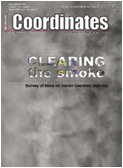
Redefnition of Indian Geodetic datums – horizontal and vertical
BRIG (DR) B NAGARAJAN AND R K SAWHNEY
Building sustainable cities using enterprise GIS
MAYOR JEREMY HARRIS RET
TEC values estimation over a permanent GPS station
DR CHRISTOS PIKRIDAS AND MILTIADIS CHATZINIKOS
Mangrove habitat dynamics
S K SINGH
April 2007
63rd Annual Meeting, Featuring New Bio Navigation Workshops
April 23-25, 2007, Cambridge, MA
www.ion.org
2nd National GIS Symposium in Saudi Arabia
23-25April, 2007 Al-Khobar, Saudi Arabia
info@saudigis.org
http://www.saudigis.org/
May 2007
TimeNav’07 – ENC-GNSS 07
29 May – 1 June 2007
Geneva International Conference Center,Switzerland
Spatial Sciences Institute Biennial International Conference
14-18 May, Hobart, Tasmania, Australia
www.ssc2007.com
Intergraph 2007
21-24 May, Nashville, Tennessee, USA
http://www.intergraph2007.com
International Conference on Integrated …

New Magellan ProMark™3 RTK alters the RTK Landscape
Magellan has announced the introduction of its ProMark3 RTK, designed to provide surveyors with centimeter accuracy in a realtime solution and complete postprocessing and mapping capabilities. It operates in two modes; base + rover and rover only. The rover can be connected to a real-time network through a GPRSenabled cell phone using NTRIP and direct IP. The base + rover, employs plug-and-play spread-spectrum radio solution that does not require a license or separate con? guration integrated with ProMark3 RTK. cgeffroy@magellangps.com
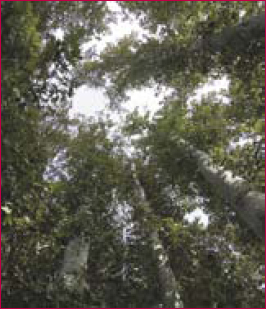
Sustainability is the key issue in forest management, be it India, or any other part of the globe. Unfortunately, so far, no scientifi cally sound and operational defi nition of Sustainability has been evolved for universal application in forest management. Nevertheless, it may be said on an empirical basis that sustainable forest management lies in attaining three basic goals: fi rst, maintaining the stability of the physical environment, secondly, maintaining, and if necessary increasing, the biological productivity of the resource, and thirdly, establishing equity in distribution of qualitative and quantitative benefi ts generated by the resource in the society dependent on it. The goals are to be attained not at any chosen point of time, but in perpetuity. Sustainable forest management is a multidimensional process. The major dimensions of the process are: ecological, silvicultural, technical (including the disciplines of genetics and biotechnology), socio-economic, and institutional. All the dimensions are equally important and neglect of any can mar the Sustainability of the process.




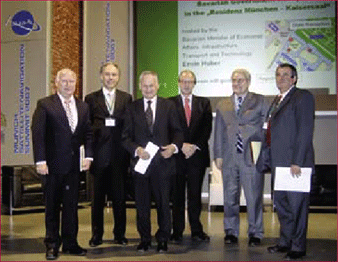
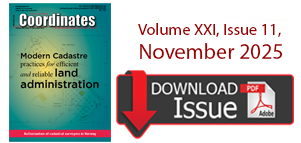

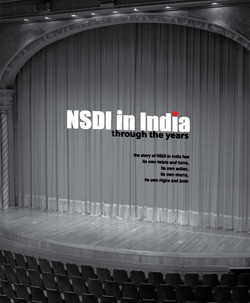




 (5.00 out of 5)
(5.00 out of 5)